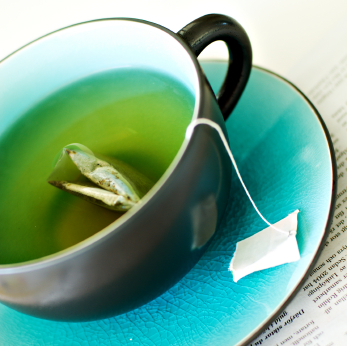
Packaging
Tea bags
Tea leaves are contained in a small tea bag (normally paper), which make it very convenient and easy to drink. The tea put in tea bags is called ‘fannings’ or ‘dust’ in an industry and is the waste tea from the sorting of high quality loose leaf tea. Some people taste the paper tea bag which often absorbs the flavor from the tea. Since fannings or dust is low-quality tea, using the tea bag in brewing is less finicky in time and temperature.
Pyramid tea bag
In 1996, PG tips and Lipton introduced the pyramid tea bag which has a strange design and quite competitive to paper tea bags since the pyramid provides three-dimensional shape which makes it easy when steeping as tea leave can easily expand. However, some types of pyramid tea bags have been against as they cause environmental problem since their synthetic material cannot decompose while paper tea bags and loose tea leaves do.
Loose-leaf tea
The tea leaves, which are rolled gunpowder tea leaves, are contained in a container and usually vacuum packed. The portions used in a teapot, mug or cup are usually measured by the consumers themselves and they can choose to brew stronger or weaker tea. However, a main drawback of loose-leaf tea is its convenience as it takes many steps in brewing and requires a lot of appliances.
Compressed tea
Some types of tea (especially Pu-erh tea) are compressed for aging convenience, transport and storage. You can use a small knife to steep the tea by first loosening leaves off the compressed cake. Compress teas can normally be kept for a longer period of time than loose-leaf tea without spoilage.
Instant tea
Instant tea became commercialized in the late 1950s. It provides added flavors like fruit, vanilla and fruit and might consists of powered milk. Also, the consumers find instant tea very convenient as they do not have to boil water. However, instant tea has been criticized by tea connoisseurs for shifting good tea flavors to the convenience.
Canned tea
Japan was the first country launching canned tea in 1981. It’s been widely used in marketing ever since.
